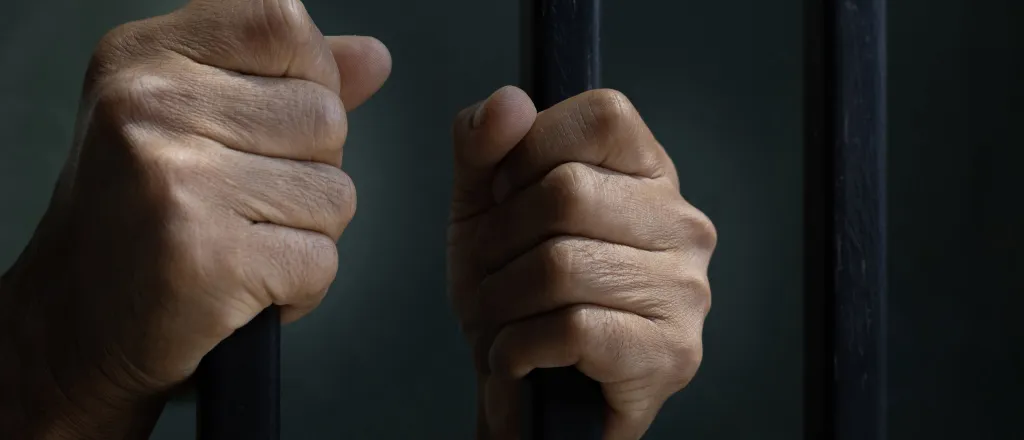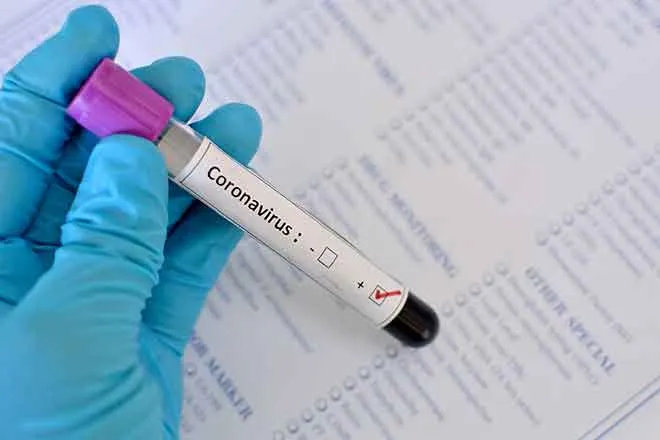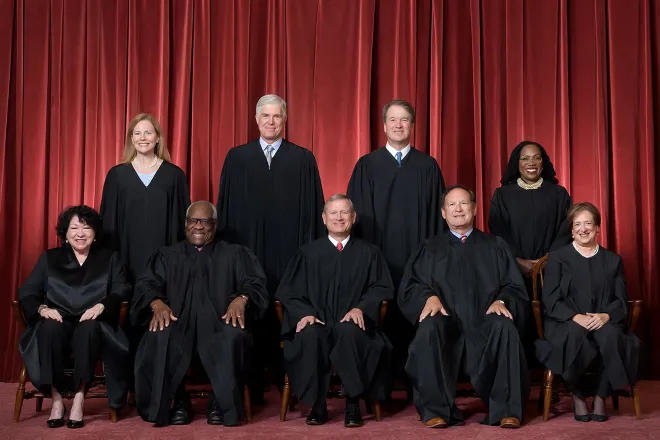
New data show massive drop in youth arrests, incarceration
© Akarawut Lohacharoenvanich - iStock-1436012592
Click play to listen to this article.
(California New Service) The number of youth held in juvenile justice facilities across the U.S. dropped 75 percent between 2000 and 2022 - according to a new policy brief from the Sentencing Project.
Researchers say it reflects big declines in youth offending and arrests - and lower rates of incarceration during the pandemic.

© iStock - Epitavi
Josh Rovner, director of youth justice with the Sentencing Project, said this contradicts frequent assertions by politicians and commentators that youth crime is out of control.
"It's surprising to many people in the country that believe that things are always getting worse," said Rovner, "that believe that this generation of kids is worse than any generation that came before it, when the evidence doesn't back that up at all."
California has been on the forefront of juvenile justice reform.
The state closed the last of its youth prisons last year, moving to a county-based model to keep children closer to family and community-based programs.
The state also banned almost all prosecution of children under age 12, and ended the transfer of 14- and 15-year-olds to adult court.
Rovner said youth are much less likely to re-offend when they are spared incarceration - and instead enter programs that emphasize mentoring, family therapy, and restorative justice.
"Some people argued drops in incarceration would only lead to increases in offending," said Rovner. "The opposite happened. In fact, by locking up fewer kids, offending continued to drop. So successes can build upon successes, but there is still so much work to do."
State data show that the number of youth in California juvenile facilities stood at almost 2,800 in 2023 - a dramatic drop from just over 11,000 in 2002.

















